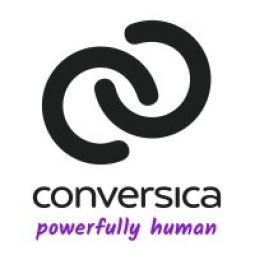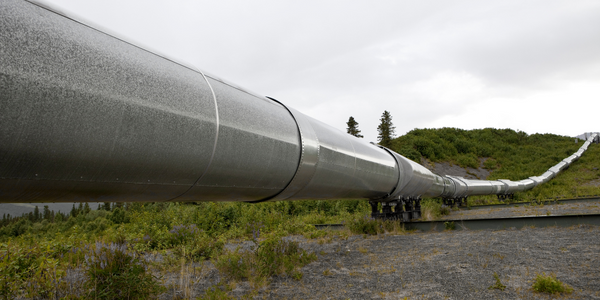Applicable Industries
- Buildings
- Oil & Gas
Applicable Functions
- Sales & Marketing
Use Cases
- Building Automation & Control
About The Customer
ScaleArc is a startup that is pioneering the emerging software category of database load balancing. They provide enterprise software solutions to IT buyers in the highly competitive tech market. Their innovative software helps businesses balance their database load, thereby improving efficiency and performance. As a new player in the market, they are constantly looking for ways to educate potential customers about their software and convert leads into sales. Their customer base is wide and varied, requiring multiple interactions before a sale can be made.
The Challenge
ScaleArc, a recent startup, was faced with the daunting task of not only building a new brand but also pioneering a new software category - database load balancing software. The challenge was twofold. Firstly, they had to establish their brand in the highly competitive tech market. Secondly, they had to educate potential customers about this emerging software category. Given the crowded nature of the tech market, prospects required multiple interactions before they could be moved through the sales cycle. This posed a significant challenge for ScaleArc as they needed to accelerate a wide base of prospects while also educating them about their innovative software.
The Solution
To tackle this challenge, ScaleArc decided to augment its team of Business Development Representatives (BDRs). They developed a plan to integrate Conversica with Marketo and Salesforce. Conversica is an AI-powered virtual sales assistant, named Jessica, who was deployed to convert leads into sales meetings. Jessica was designed to follow up with potential leads in a personable yet persistent manner. This allowed her to effectively identify valuable leads as opposed to those who were merely interested in the swag at a tradeshow. Jessica was also successful in re-engaging dormant prospects, thereby expanding the potential customer base for ScaleArc.
Operational Impact
Quantitative Benefit

Case Study missing?
Start adding your own!
Register with your work email and create a new case study profile for your business.
Related Case Studies.

Case Study
Taking Oil and Gas Exploration to the Next Level
DownUnder GeoSolutions (DUG) wanted to increase computing performance by 5 to 10 times to improve seismic processing. The solution must build on current architecture software investments without sacrificing existing software and scale computing without scaling IT infrastructure costs.

Case Study
Remote Wellhead Monitoring
Each wellhead was equipped with various sensors and meters that needed to be monitored and controlled from a central HMI, often miles away from the assets in the field. Redundant solar and wind generators were installed at each wellhead to support the electrical needs of the pumpstations, temperature meters, cameras, and cellular modules. In addition to asset management and remote control capabilities, data logging for remote surveillance and alarm notifications was a key demand from the customer. Terra Ferma’s solution needed to be power efficient, reliable, and capable of supporting high-bandwidth data-feeds. They needed a multi-link cellular connection to a central server that sustained reliable and redundant monitoring and control of flow meters, temperature sensors, power supply, and event-logging; including video and image files. This open-standard network needed to interface with the existing SCADA and proprietary network management software.

Case Study
Energy Saving & Power Monitoring System
Recently a university in Taiwan was experiencing dramatic power usage increases due to its growing number of campus buildings and students. Aiming to analyze their power consumption and increase their power efficiency across 52 buildings, the university wanted to build a power management system utilizing web-based hardware and software. With these goals in mind, they contacted Advantech to help them develop their system and provide them with the means to save energy in the years to come.

Case Study
Refinery Saves Over $700,000 with Smart Wireless
One of the largest petroleum refineries in the world is equipped to refine various types of crude oil and manufacture various grades of fuel from motor gasoline to Aviation Turbine Fuel. Due to wear and tear, eight hydrogen valves in each refinery were leaking, and each cost $1800 per ton of hydrogen vented. The plant also had leakage on nearly 30 flare control hydrocarbon valves. The refinery wanted a continuous, online monitoring system that could catch leaks early, minimize hydrogen and hydrocarbon production losses, and improve safety for maintenance.









